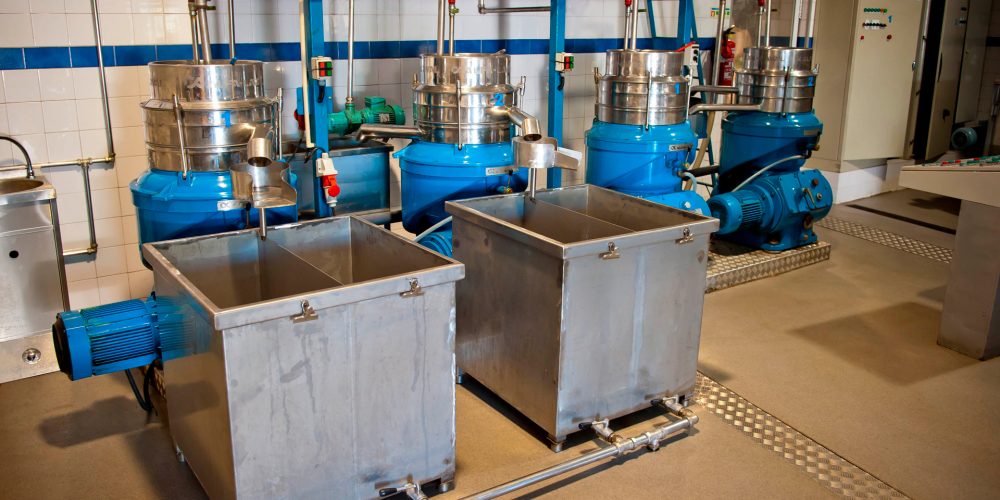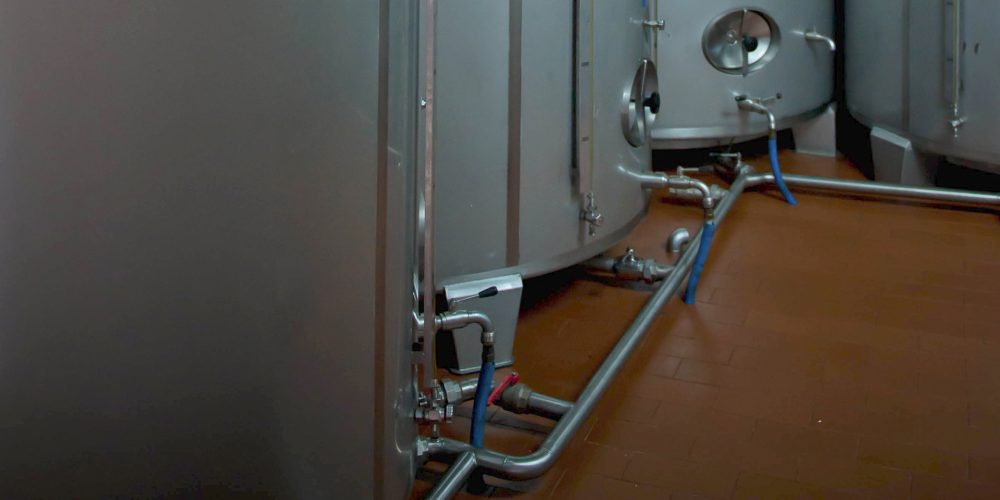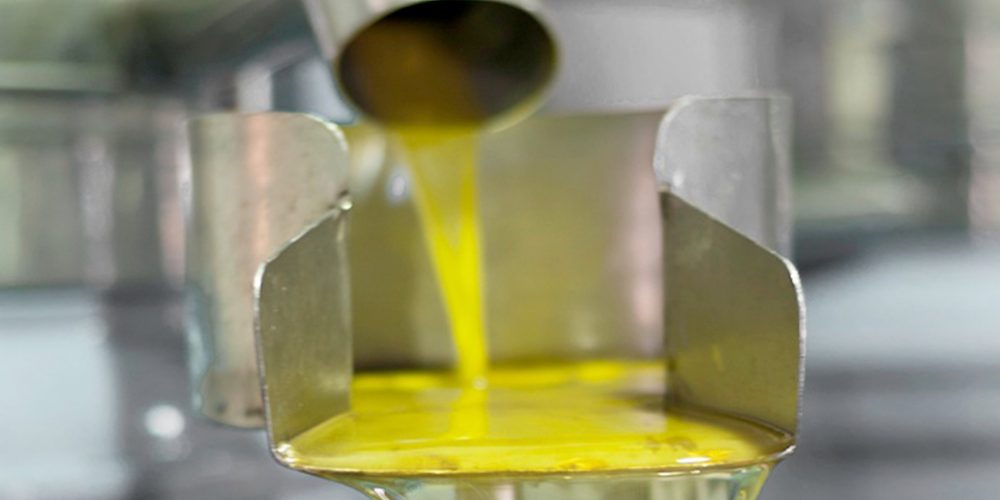A quality olive oil is a juice obtained from healthy, fresh fruit that is perfectly ripened, using mechanical processes that do not alter the chemical nature of its components during extraction and storage. It is important to distinguish between the varieties of olives and the quality of olive oil. Two different types of olive trees produce distinct varieties of olive oils, each with its own colour, aroma and flavour, although they are equal in quality. That will depend on a combination of factors, such as the weather, type of soil, and the care taken in the extraction and storage process. To define the quality of an olive oil, various criteria are used:
1 – CHEMICAL PARAMETERS
Degree of acidity: Technically, this is the amount of free fatty acids in relation to the total oleic acid. A high degree of acidity results from factors such as the poor condition of the fruit, poor handling or poor conservation. The degree of acidity has no bearing on the flavour of the olive oil.
Peroxide index: This indicates the initial oxidation of the olive oil and the deterioration that may have taken place in the natural antioxidants, such as the polyphenols.
Ultraviolet absorption: This is used to detect the abnormal components of an olive oil.
2 – SENSORY ANALYSIS
Organoleptic characteristics: Sensations detected by the senses, mainly related to the smell and taste. These are defined by specialists through a panel of testers. Each variety of olive produces an olive oil with different organoleptic characteristics. In turn, and within the same variety, various olive oils are produced, depending on factors such as microclimates, type of soil and the altitude. The tasting is mandatory, to be able to evaluate the character and personality of an olive oil. This is where the aroma and characteristic flavour of each olive oil is detected. It is important to note that the colour does not reflect the quality of the olive oil. As for the taste, a few drops are sufficient to sense its sweetness. The acidic flavour is tasted in the centre of the tongue. The bitter or spicy flavours are noted in the throat. The most common positive attributes in the tastings are the following:
Bitter: Characteristic taste of olive oil made from green olives; it can be more pleasant or less so, depending on its intensity.
Sweet: Smooth and agreeable taste of an olive oil, in which, while not being sweetened, the bitter, astringent or spicy attributes do not stand out.
Fruity: The aroma and taste are reminiscent of healthful, fresh fruit, picked at the peak of ripeness.
Ripely fruity: Suggested by olive oil obtained from mature fruits, generally having a subdued aroma and sweet flavour.
Grass: Aroma and flavour characteristic of some olive oils that remind one of recently cut grass.
Green leaves: Aroma and flavour of olive oil made from olives that were too green or that were crushed with leaves.
Apple: Aroma and flavour of olive oil that reminds us of this fruit.
How olive oil is made
The olive tree is typical of the Mediterranean coast and requires a climate characterised by mild winters, rainy autumns and springs and dry and hot summers. Its growth is slow. It can live for hundreds or even thousands of years.
To obtain olive oil, the following steps are necessary:
Harvesting of the fruit: The olive tree blooms in the spring, when the fruit begins to form and mature, turning from green to black, beginning in the summer until the end of autumn/early winter, when it is harvested. Olives can be harvested manually, by a system called varejo (striking the tree with large, flexible rods, causing the olives to fall on canvas previously place under the olive tree) or by mechanical means (equipment with mechanical arms that shake the trees and serve the same purpose as the rods).
Transport to the press: The harvested olives are carried to the press, where they are crushed. When they get to the press, the olives are stored in low piles to avoid heating and breaking the skin of the fruit. Doing this minimises the fermentation of the olives, which reduces the quality of olive oil. For this reason, in order to get a quality olive oil with low acidity, the olives must be processed within 24 hours of their being harvested.
Washing: The olives are placed on conveyor belts that pass through a curtain of air that removes the leaves that invariably end up with the fruit. Then, the fruits are selected for quality and washed in running water so they can be crushed.
Grinding: The grinding consists of crushing the fruits (including the pits) until an oily paste is formed, its consistency being controlled by the addition of water, if necessary.
Extraction of the olive oil: (separation of the solids from the liquids): Extraction is the last step in obtaining olive oil and may be done in three different ways. The most modern extraction methods use centrifuges, while the oldest method is by pressing.







